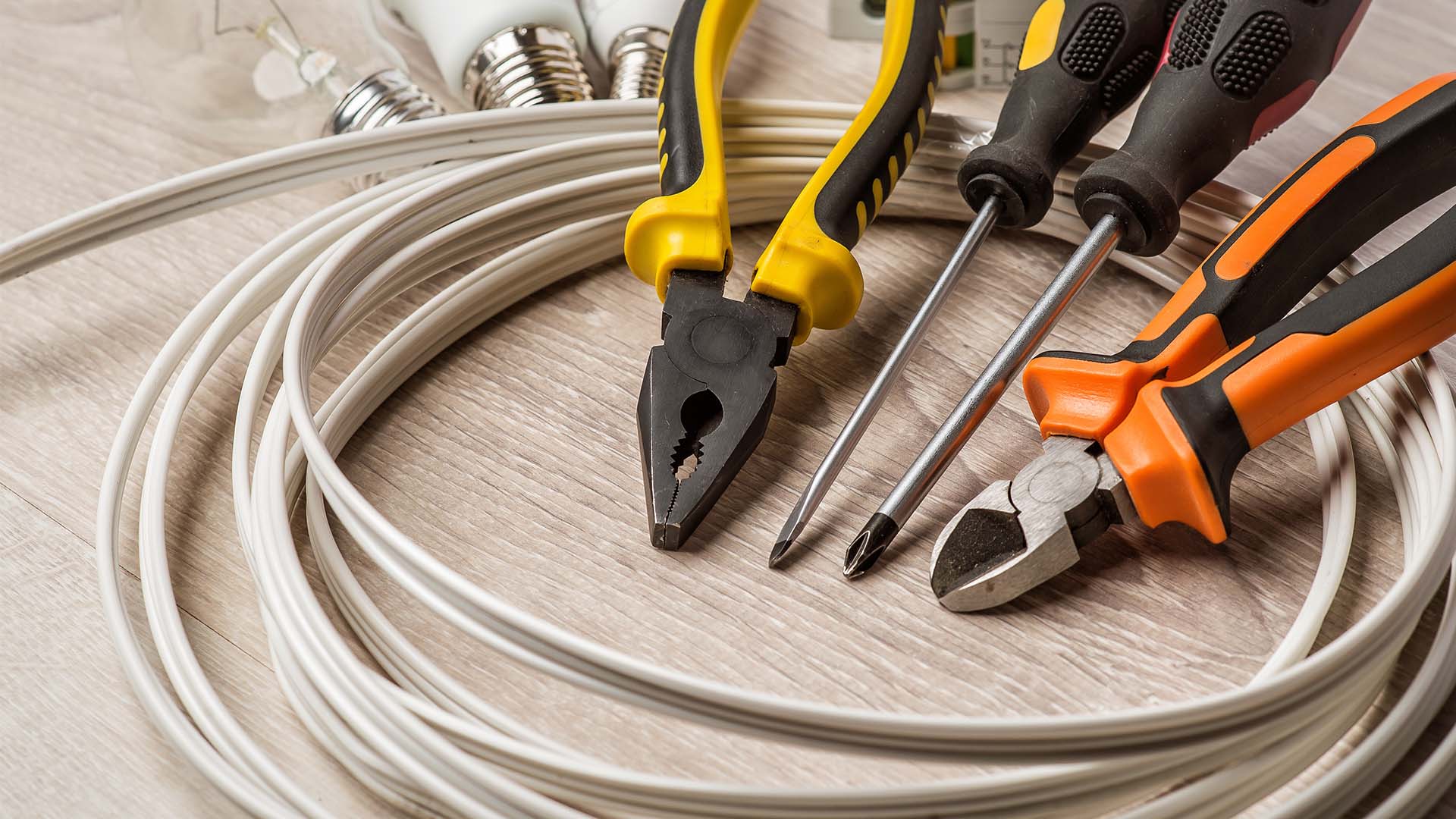

Articles
How To Care For Hand Tools
Modified: January 5, 2024
Learn valuable tips and techniques for caring for your hand tools with our informative articles. Discover how to keep your tools in top shape and extend their lifespan.
(Many of the links in this article redirect to a specific reviewed product. Your purchase of these products through affiliate links helps to generate commission for Storables.com, at no extra cost. Learn more)
Introduction
Hand tools are essential for many tasks, from simple home repairs to professional construction projects. Whether you’re a weekend DIY enthusiast or a seasoned tradesperson, it is crucial to take care of your hand tools. Proper maintenance not only prolongs their lifespan but also ensures optimal performance and safety.
In this article, we will explore the importance of caring for hand tools and provide you with practical tips on how to keep them in top shape. We will cover basic maintenance routines, cleaning methods, lubrication techniques, sharpening tips, proper storage, and safety precautions.
By investing some time and effort into caring for your hand tools, you can significantly extend their usability and save money in the long run. So let’s dive in and discover the key aspects of hand tool maintenance!
Key Takeaways:
- Proper hand tool care is essential for performance, durability, and safety. Regular maintenance, cleaning, lubrication, sharpening, and proper storage can significantly extend the lifespan of hand tools and ensure optimal functionality.
- Safety precautions are crucial when working with hand tools. Wearing protective gear, using the right tool for the job, maintaining a clean work area, and following manufacturer’s instructions are vital for preventing accidents and ensuring a safe working environment.
Read more: How To Hand Form Body Panels With Hand Tools
Importance of Proper Hand Tool Care
Caring for your hand tools is not just about preserving their appearance; it is a fundamental aspect of ensuring their functionality and longevity. Here are some reasons why proper hand tool care is important:
- Performance: Regular maintenance and upkeep of your hand tools contribute to their optimal performance. A well-maintained tool will function smoothly and efficiently, enabling you to complete tasks more effectively.
- Durability: Hand tools that are properly cared for are more likely to last longer. By keeping them clean, lubricated, and free from rust or corrosion, you can prevent damage and extend their lifespan.
- Safety: Neglected hand tools can become hazardous to use. Loose handles, dull blades, or malfunctioning mechanisms can lead to accidents or injuries. By regularly inspecting, maintaining, and repairing your tools, you can ensure a safer working environment.
- Saves Costs: Taking care of your hand tools can save you money in the long run. Instead of constantly replacing damaged or worn-out tools, proper maintenance allows you to maximize the usage of your existing tools and minimize the need for new purchases.
- Professionalism: Whether you are a professional tradesperson or an aspiring DIYer, having well-maintained tools gives you a sense of professionalism. It reflects your commitment to quality workmanship and attention to detail.
Overall, proper hand tool care is not only about improving their performance and durability but also about ensuring your safety and demonstrating professionalism. Now that we understand the importance of caring for our hand tools, let’s delve into the practical aspects of hand tool maintenance.
Basic Hand Tool Maintenance
Before we dive into specific maintenance tasks, let’s first understand the basic principles of hand tool maintenance. These principles apply to most hand tools and serve as a foundation for keeping them in excellent condition:
- Inspect tools regularly: Make it a habit to inspect your hand tools regularly. Look for any signs of damage, wear, or malfunction. This allows you to identify issues early on and prevent them from escalating.
- Clean after every use: After each use, take the time to clean your hand tools thoroughly. Remove any dirt, dust, or debris that may be stuck to the tool’s surface or within its components.
- Keep tools dry: Moisture is the enemy of hand tools as it can lead to rust and corrosion. After cleaning, ensure that your tools are completely dry before storing them.
- Store properly: Proper storage is essential for maintaining hand tools. Keep them in a dry and secure environment, away from extreme temperatures and humidity. Utilize toolboxes, racks, or wall-mounted organizers to keep your tools organized and protected.
- Sharpen blades regularly: For tools with blades such as chisels, knives, or saws, regular sharpening is necessary to maintain their cutting performance. Dull blades can lead to inefficient and unsafe operation.
- Repair and replace: If you come across any damaged or worn-out parts, it’s important to repair or replace them promptly. Using tools with faulty components can compromise both performance and safety.
By following these basic maintenance principles, you can establish a solid foundation for caring for your hand tools. Now, let’s move on to specific maintenance tasks, starting with cleaning your hand tools.
Cleaning Hand Tools
Cleaning your hand tools regularly is a crucial part of maintenance that helps prevent rust, remove debris, and preserve their overall condition. Here are some steps to follow when cleaning your hand tools:
- Remove dirt and debris: Use a stiff-bristle brush, such as a wire brush or toothbrush, to remove any dirt, rust, or debris from the tool’s surface. Pay attention to hard-to-reach areas and crevices.
- Use a mild detergent: For more stubborn grime or grease, you can use a solution of mild detergent and water. Dip a cloth or sponge into the soapy water and gently scrub the tool’s surface.
- Rinse with clean water: After cleaning, rinse the tool with clean water to remove any soap residue or remaining debris. Make sure to dry the tool thoroughly to prevent moisture buildup.
- Remove rust: If you notice any rust spots, you can use a rust remover or a mixture of vinegar and water to dissolve the rust. Scrub the affected areas with a wire brush or scrubbing pad until the rust is removed.
- Dry thoroughly: After cleaning, ensure that your hand tools are completely dry before storing them. Any moisture left on the tools can lead to rust and corrosion over time.
In addition to regular cleaning, it’s important to clean your hand tools after working with corrosive materials or substances. Chemical residues can damage the tool’s surface and compromise its performance.
Remember to wear gloves while cleaning your hand tools to protect your hands from sharp edges or corrosive substances. Additionally, always follow the manufacturer’s instructions for cleaning specific types of tools, as some may require specialized cleaning methods.
Cleaning your hand tools on a regular basis not only keeps them looking good but also removes debris and prevents the accumulation of rust. Next, let’s explore how to lubricate your hand tools to maintain their smooth operation.
Lubricating Hand Tools
Lubricating your hand tools is an essential maintenance task that helps reduce friction, prevent rust, and keep the moving parts operating smoothly. Here are some steps to follow when lubricating your hand tools:
- Choose the right lubricant: Select a lubricant suitable for the type of tool and its intended use. For general-purpose lubrication, a multipurpose oil or silicone-based lubricant works well. For specific tools like wrenches or pliers, a dry lubricant or graphite powder may be more appropriate.
- Apply lubricant sparingly: Using a clean cloth or a small brush, apply a thin layer of lubricant to the tool’s moving parts. Avoid over-lubricating, as this can attract dust, dirt, and debris.
- Work the lubricant: After applying the lubricant, work the tool’s moving parts to distribute the lubricant evenly. Open and close the tool or move the parts back and forth to ensure proper coverage.
- Wipe off excess: Using a dry cloth or paper towel, wipe off any excess lubricant from the tool’s surface. This prevents the tool from becoming slippery and helps keep it clean.
It’s important to note that not all hand tools require lubrication. For example, tools with wooden handles or non-moving parts may not need lubrication. Always refer to the manufacturer’s guidelines or instructions when lubricating specific tools.
Regular lubrication not only keeps your hand tools operating smoothly but also protects them from rust and corrosion. Lubricating them at regular intervals, especially after cleaning or before storing, can significantly extend the lifespan of your tools.
Now that we’ve covered cleaning and lubricating your hand tools, let’s move on to the next vital maintenance task: sharpening them.
After using hand tools, clean off any dirt and debris with a brush or cloth, then apply a light coat of oil to prevent rust and corrosion. Store them in a dry place to maintain their condition.
Sharpening Hand Tools
Sharpening your hand tools is essential for maintaining their cutting performance and ensuring efficient and safe operation. Here are some steps to follow when sharpening your hand tools:
- Inspect the tool: Before sharpening, carefully inspect the tool’s blade or cutting edge. Look for any nicks, chips, or dull sections that need attention.
- Choose the right sharpening method: The method you use to sharpen your hand tools depends on the type of tool and its blade material. Common sharpening methods include using sharpening stones, honing guides, or specialized sharpening systems.
- Follow the correct angle: Each tool has a specific sharpening angle that should be maintained. Refer to the manufacturer’s guidelines or consult reliable sources to determine the appropriate angle for your specific hand tool.
- Apply consistent pressure: When sharpening, apply consistent and even pressure along the blade. Use smooth, controlled motions to ensure an even sharpening across the entire cutting edge.
- Test and refine: After sharpening, test the tool’s cutting performance. If necessary, continue sharpening to achieve the desired sharpness. Take care not to over-sharpen, as this can weaken the blade.
- Deburr and polish: After sharpening, deburr the blade to remove any burrs or rough edges. You can use a fine-grit sandpaper or a leather strop to gently polish the blade for a smoother finish.
It’s important to note that not all hand tools require frequent sharpening. Tools like screwdrivers or hammers typically do not require sharpening, while cutting tools like chisels, knives, or saws will benefit from regular sharpening.
Properly sharpened tools not only enhance their cutting performance but also ensure safer and more efficient operation. Regularly inspecting and maintaining the sharpness of your hand tools will greatly improve their lifespan and usability.
Now that we’ve covered cleaning, lubricating, and sharpening your hand tools, let’s explore the best practices for storing them.
Storing Hand Tools
Proper storage is crucial for maintaining the condition and longevity of your hand tools. Here are some tips to ensure you store your tools correctly:
- Clean and dry: Before storing your hand tools, make sure they are clean and completely dry. Remove any dirt or debris, and ensure they are free from moisture that could lead to rust or corrosion.
- Organize and arrange: Keep your hand tools organized and arranged in a way that minimizes the risk of damage. Utilize toolboxes, racks, or wall-mounted organizers to provide a dedicated space for each tool, making them easily accessible and protected.
- Avoid overcrowding: Avoid overcrowding your storage space. Overcrowding can lead to tools knocking against each other, causing damage or making it difficult to retrieve a specific tool from the clutter.
- Separate sharp tools: Keep sharp-edged tools, such as knives or chisels, separate from other tools to prevent accidental injuries. Utilize blade guards, sheaths, or dedicated compartments to protect their cutting edges and prevent accidents.
- Protect against moisture: To safeguard your hand tools from moisture, you can add desiccant packets or silica gel packs to the storage space. These absorb moisture and help prevent rust or corrosion.
- Secure and lock: If possible, secure your storage space and lock it to prevent unauthorized access. This ensures the safety of your tools and helps prevent theft or tampering.
By following these storage practices, you can keep your hand tools in excellent condition, ready for use whenever you need them. Remember to periodically inspect your storage area and tools to ensure they remain clean, dry, and free from any damage.
Now that we’ve covered the essential aspects of hand tool care, let’s explore the importance of taking safety precautions when working with hand tools.
Taking Safety Precautions
When working with hand tools, safety should always be a top priority. Here are some important safety precautions to keep in mind:
- Wear appropriate protective gear: Use safety goggles, gloves, and ear protection when necessary. These protective gears help safeguard against flying debris, sharp edges, and loud noises.
- Read and follow instructions: Familiarize yourself with the manufacturer’s instructions for each tool. Follow recommended operating procedures, safety guidelines, and maintenance recommendations provided by the manufacturer.
- Use the right tool for the job: Ensure that you are using the appropriate hand tool for the specific task at hand. Using the wrong tool can lead to inefficiency, accidents, or damage to the tool itself.
- Maintain a clean and organized work area: Keep your work area clean and free from clutter. Remove any unnecessary tools, debris, or obstacles that could cause accidents or interfere with your work.
- Securely grip and handle tools: Always maintain a firm grip on your hand tools. Avoid using excessive force or gripping them in a way that could cause slippage or loss of control.
- Pay attention to sharp edges and moving parts: Be cautious when handling tools with sharp edges or moving parts. Keep your fingers and hands clear of the cutting areas and follow proper techniques to avoid accidental injuries.
- Disconnect power tools: When working with power tools, disconnect the power source before performing any maintenance tasks or changing accessories. This helps prevent accidental starts or electric shocks.
- Work in a well-lit area: Ensure that your work area is adequately illuminated to avoid accidents caused by poor visibility or shadows that may obscure your view while using hand tools.
- Educate yourself on tool-specific safety practices: Different hand tools may have specific safety practices associated with their use. Educate yourself on these practices to ensure you handle the tools safely and effectively.
- Seek professional guidance if needed: If you are unfamiliar with a particular tool or task, seek professional guidance or training to ensure you use the tools safely and correctly.
By following these safety precautions, you can minimize the risk of accidents, injuries, and damage while working with hand tools. Always remember that safety should be the priority in any DIY project or professional work.
Now that we’ve discussed the importance of taking safety precautions, let’s summarize the key points covered in this article.
Conclusion
In conclusion, properly caring for your hand tools is vital for their performance, durability, and your safety. By following the maintenance tips outlined in this article, you can ensure that your tools remain in excellent condition and provide optimal results for years to come.
Remember to regularly inspect your tools, clean them after use, and keep them dry to prevent rust and corrosion. Proper lubrication of moving parts will reduce friction and ensure smooth operation. Sharpening blades when necessary will maintain their cutting efficiency. And lastly, storing your hand tools in a clean and organized manner will protect them from damage and keep them readily accessible.
Additionally, always take the necessary safety precautions when working with hand tools. Wearing appropriate protective gear, using the right tool for the job, and following the manufacturer’s instructions are essential for preventing accidents and ensuring a safe working environment.
By investing time and effort into caring for your hand tools, you can save money on replacements, maximize their lifespan, and achieve professional-level results in your projects. So, make hand tool maintenance a priority and enjoy the benefits of well-maintained tools.
Thank you for reading, and happy tool maintenance!
Frequently Asked Questions about How To Care For Hand Tools
Was this page helpful?
At Storables.com, we guarantee accurate and reliable information. Our content, validated by Expert Board Contributors, is crafted following stringent Editorial Policies. We're committed to providing you with well-researched, expert-backed insights for all your informational needs.
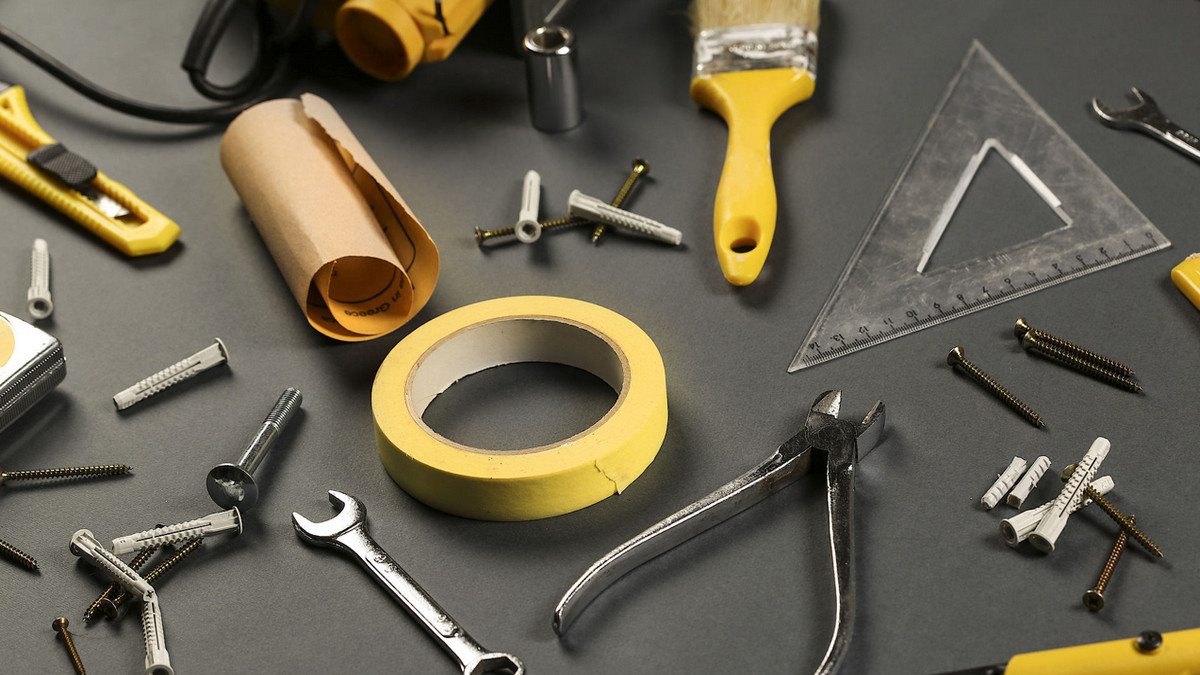
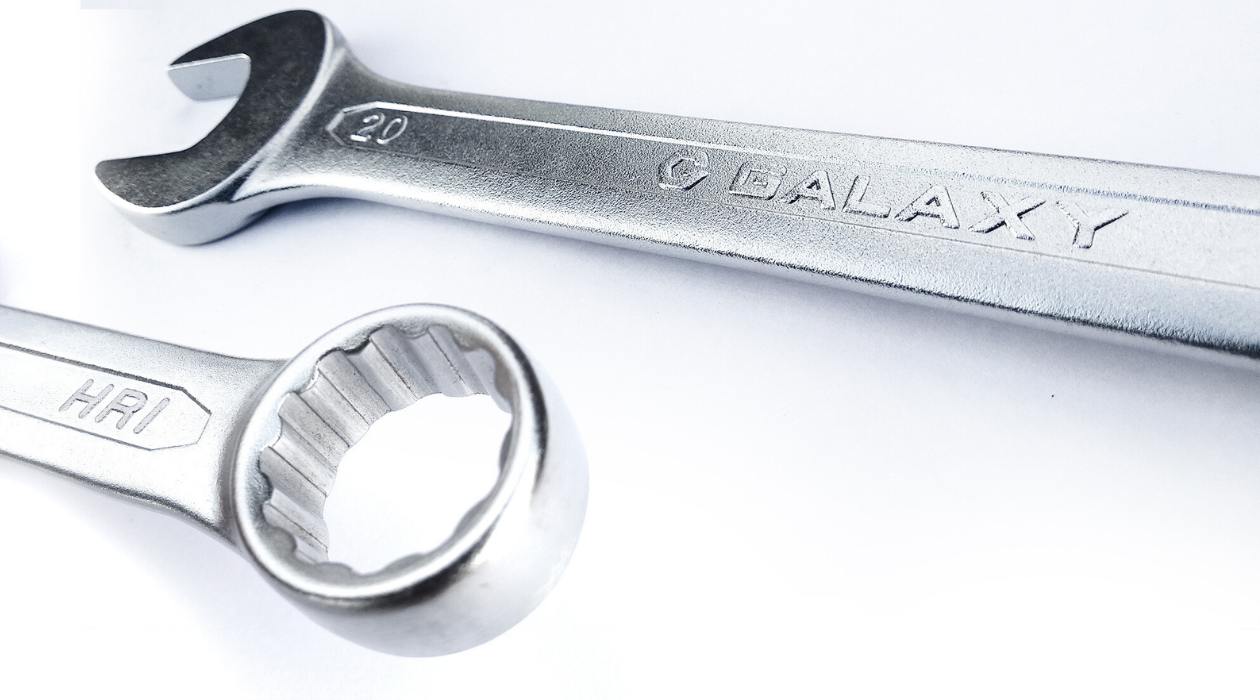
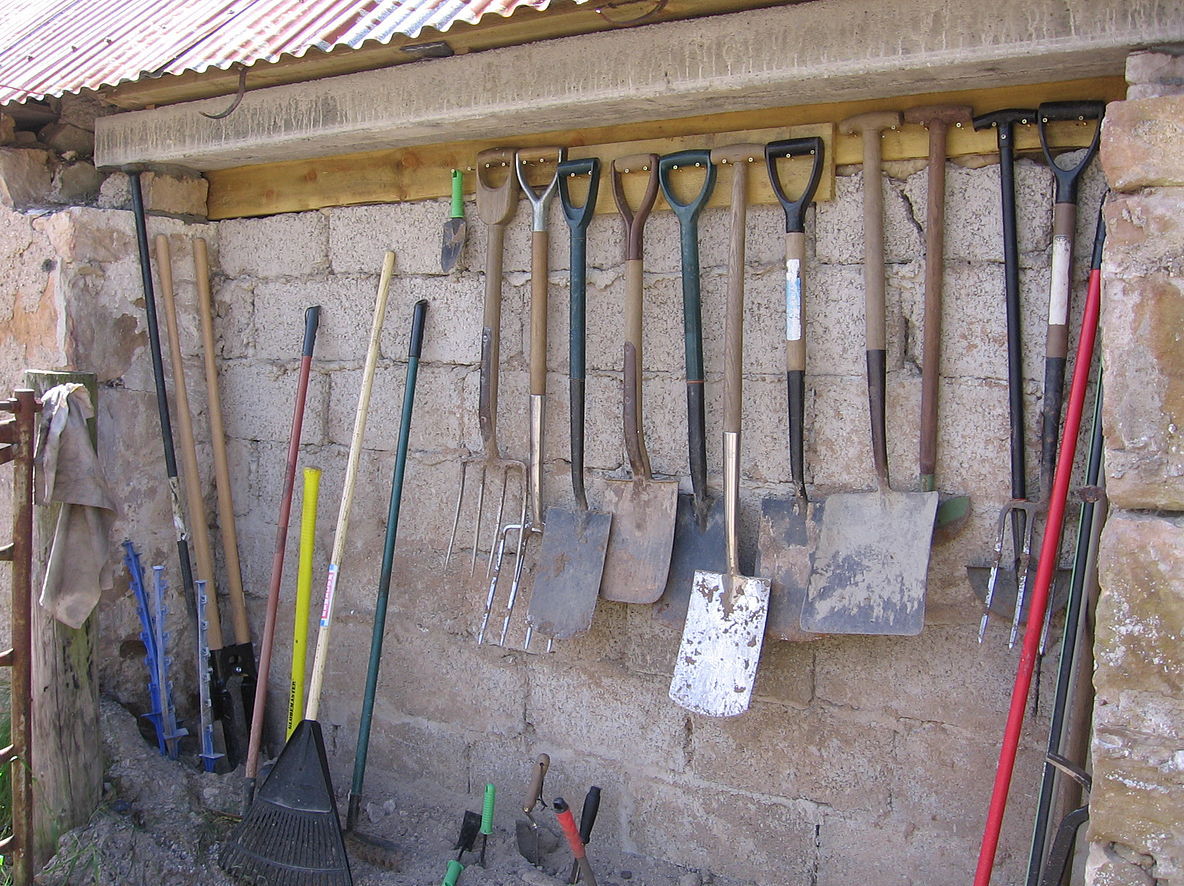
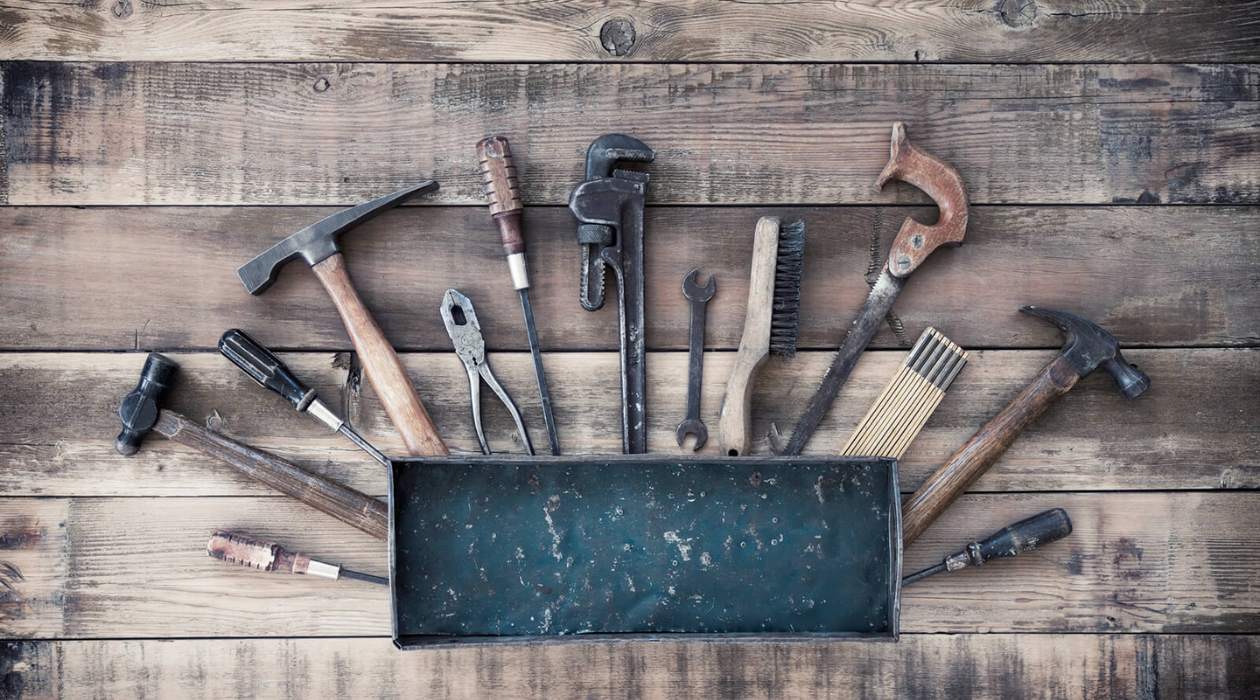

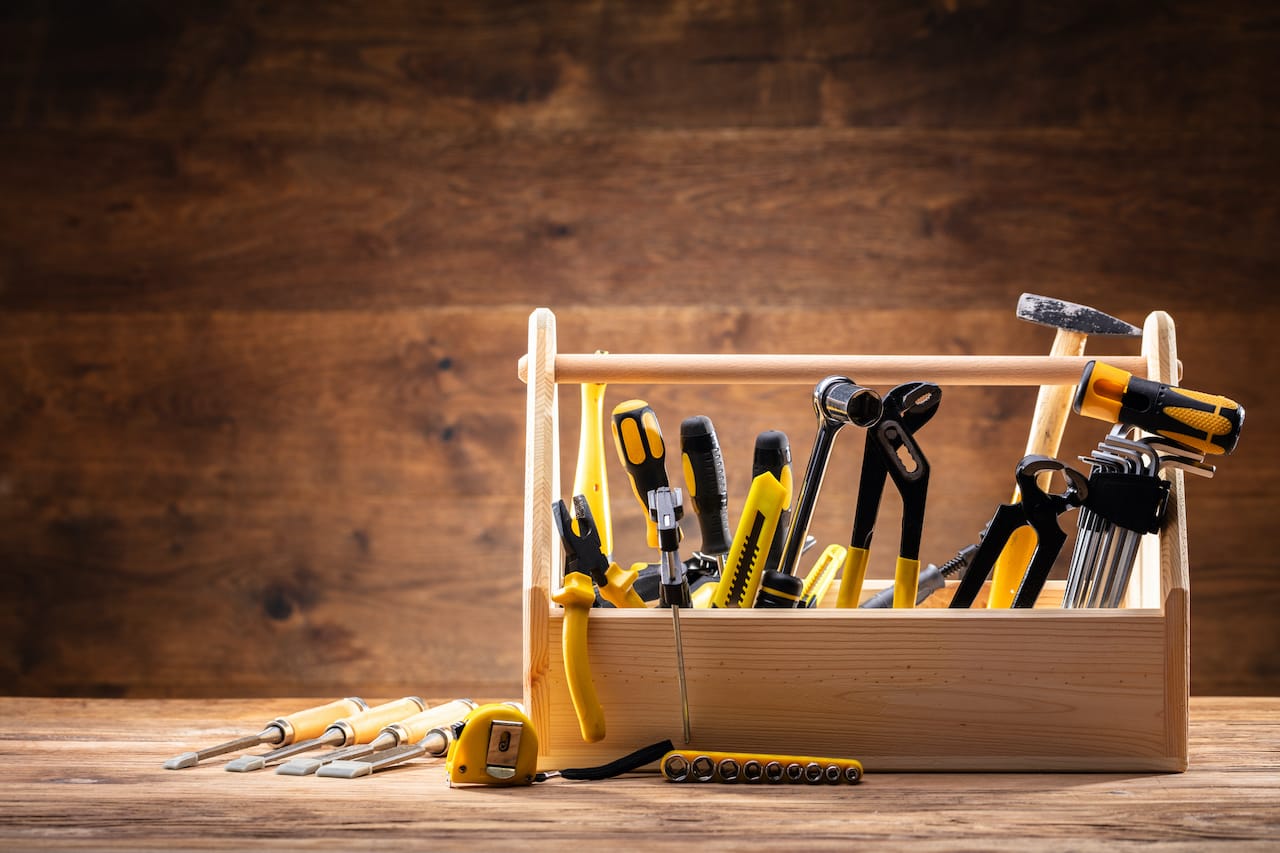
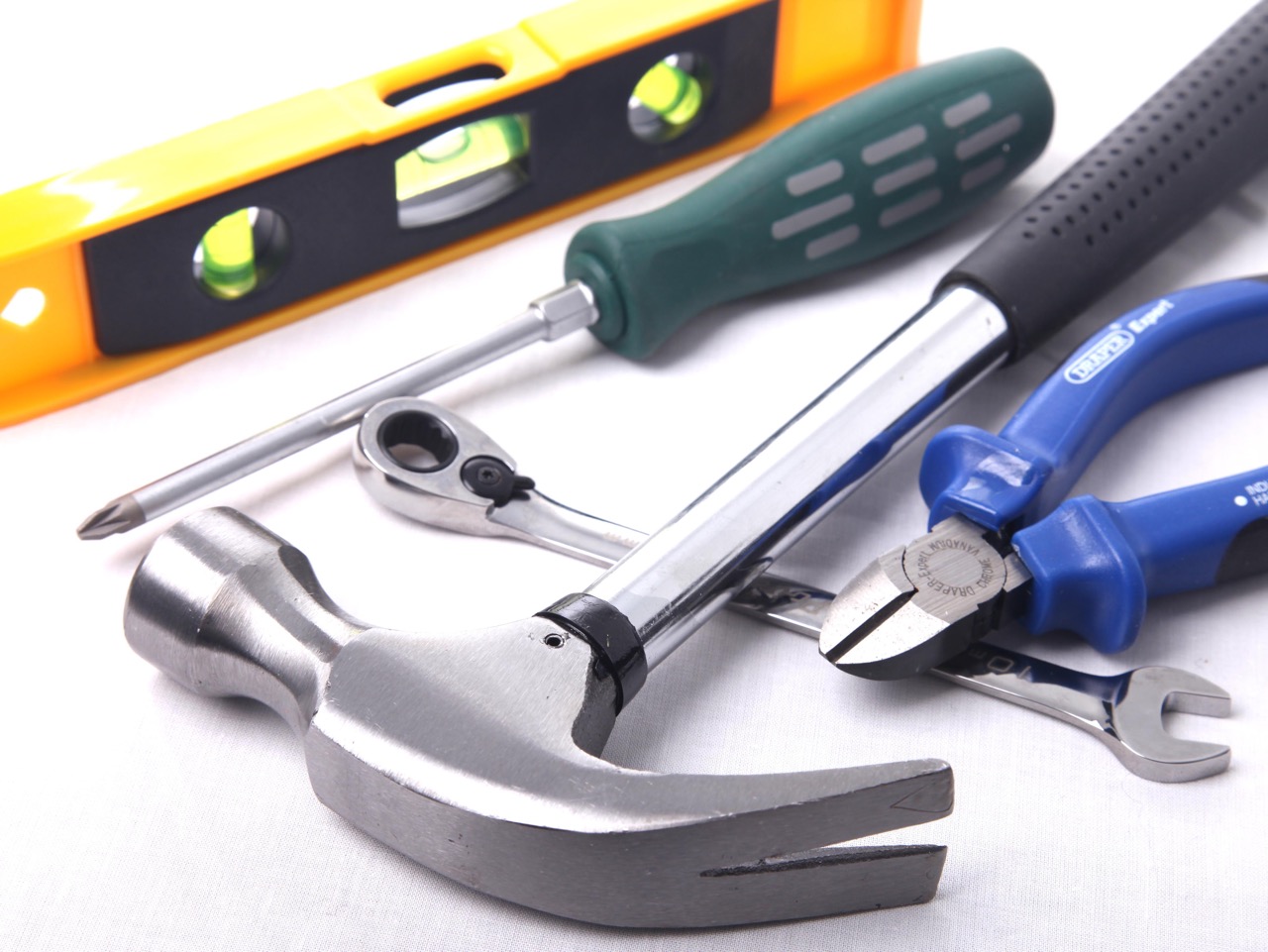
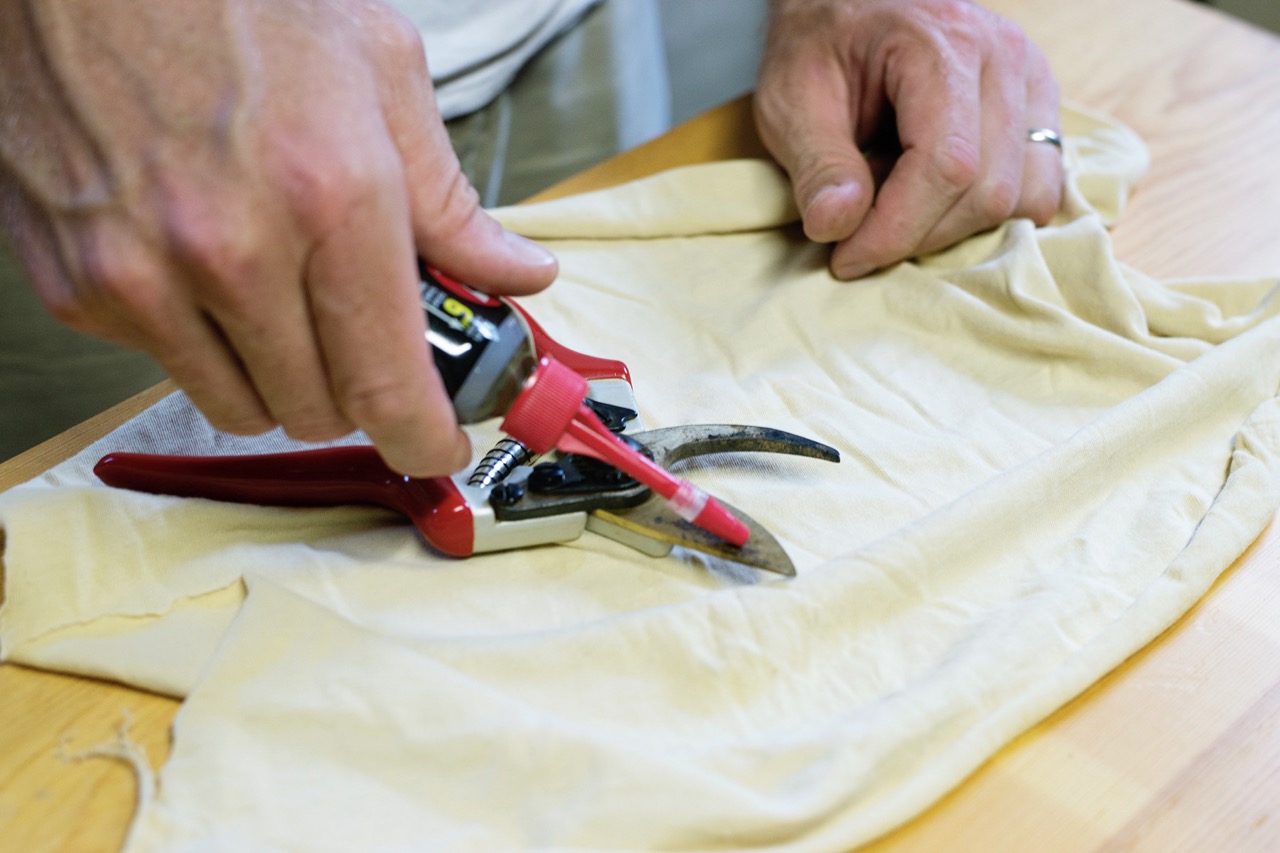
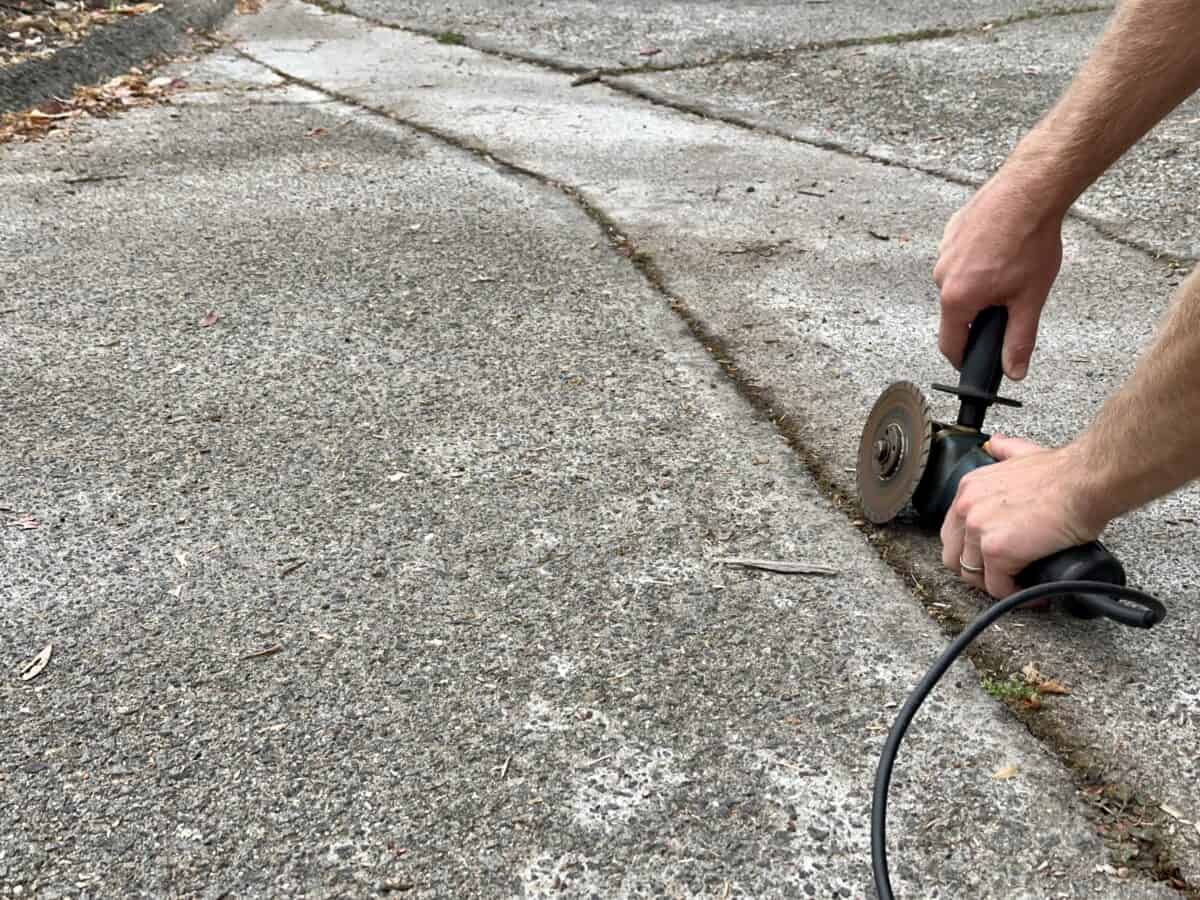
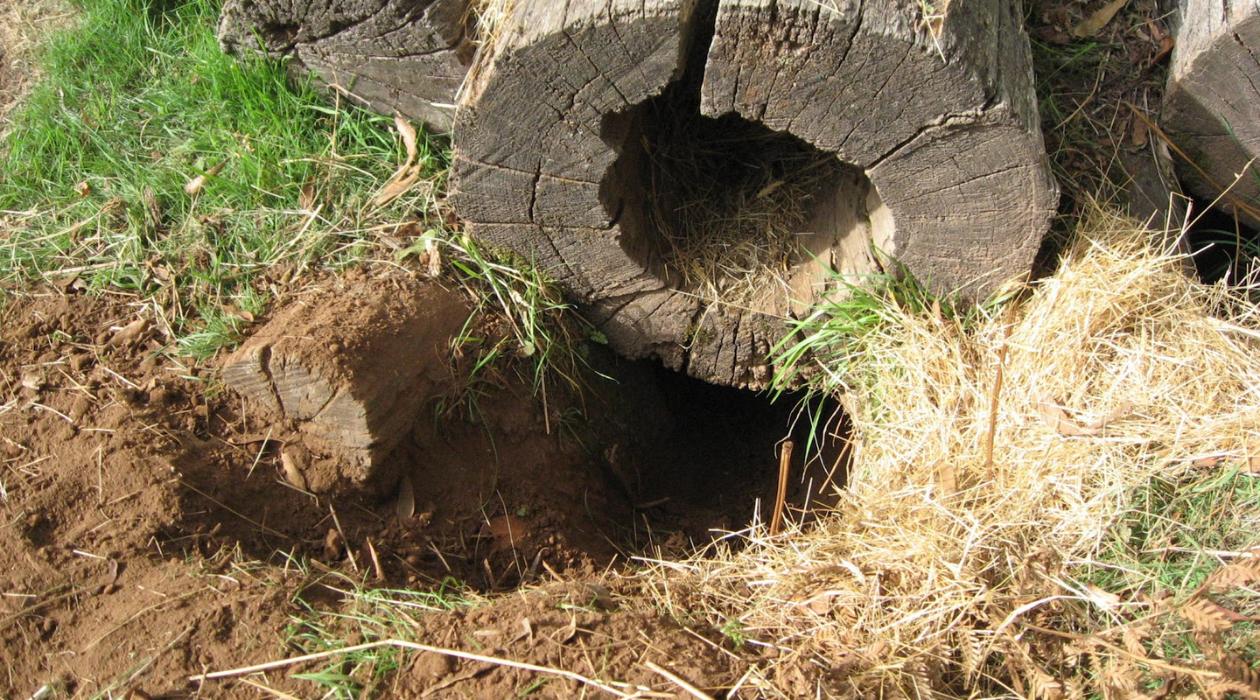
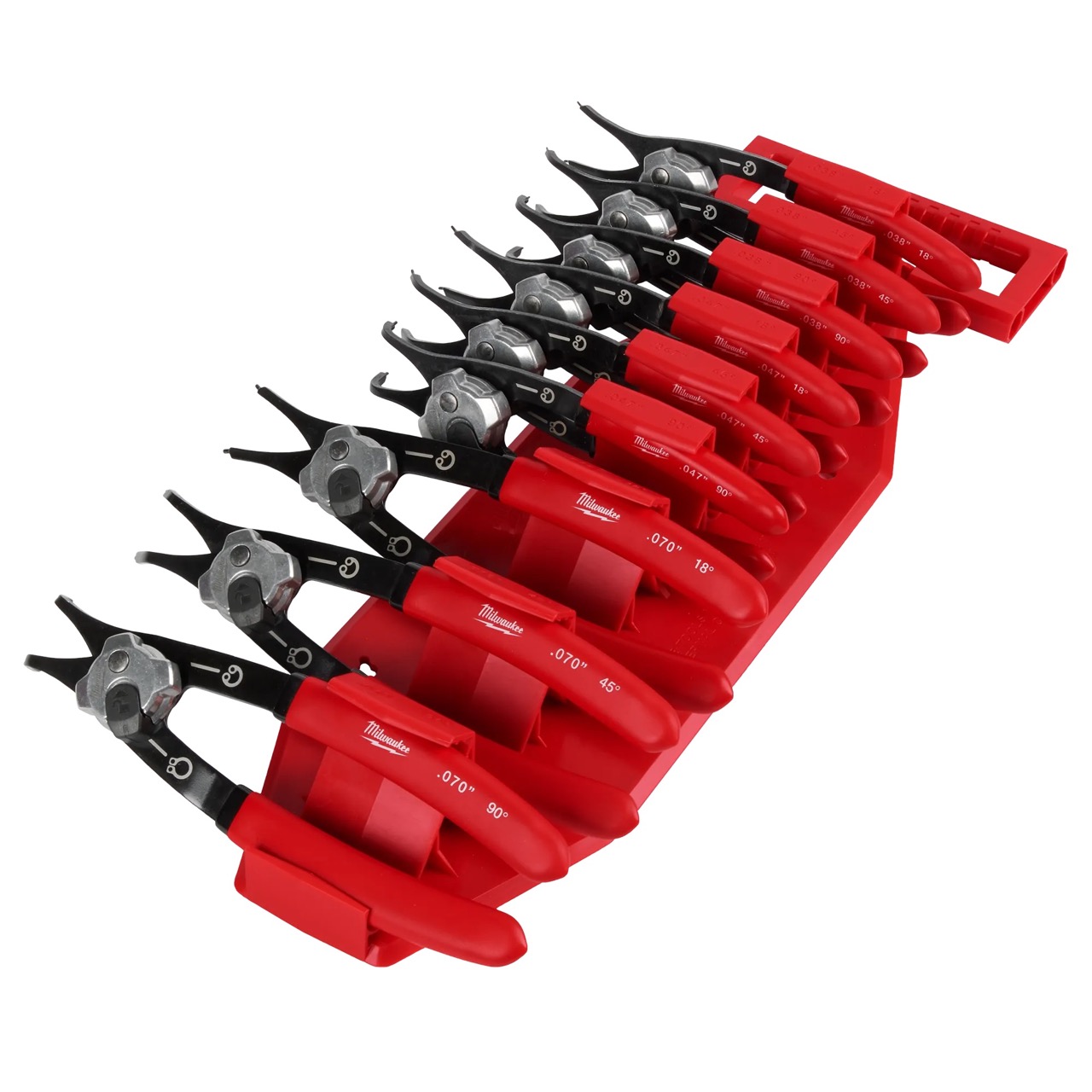

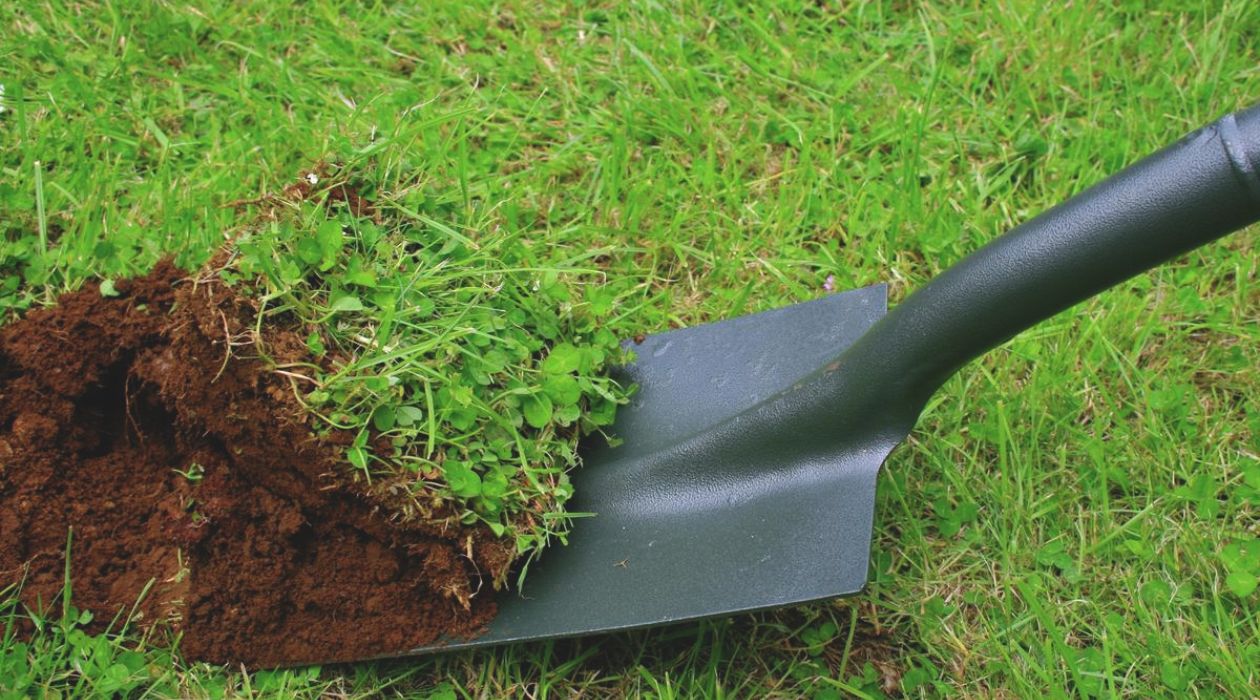
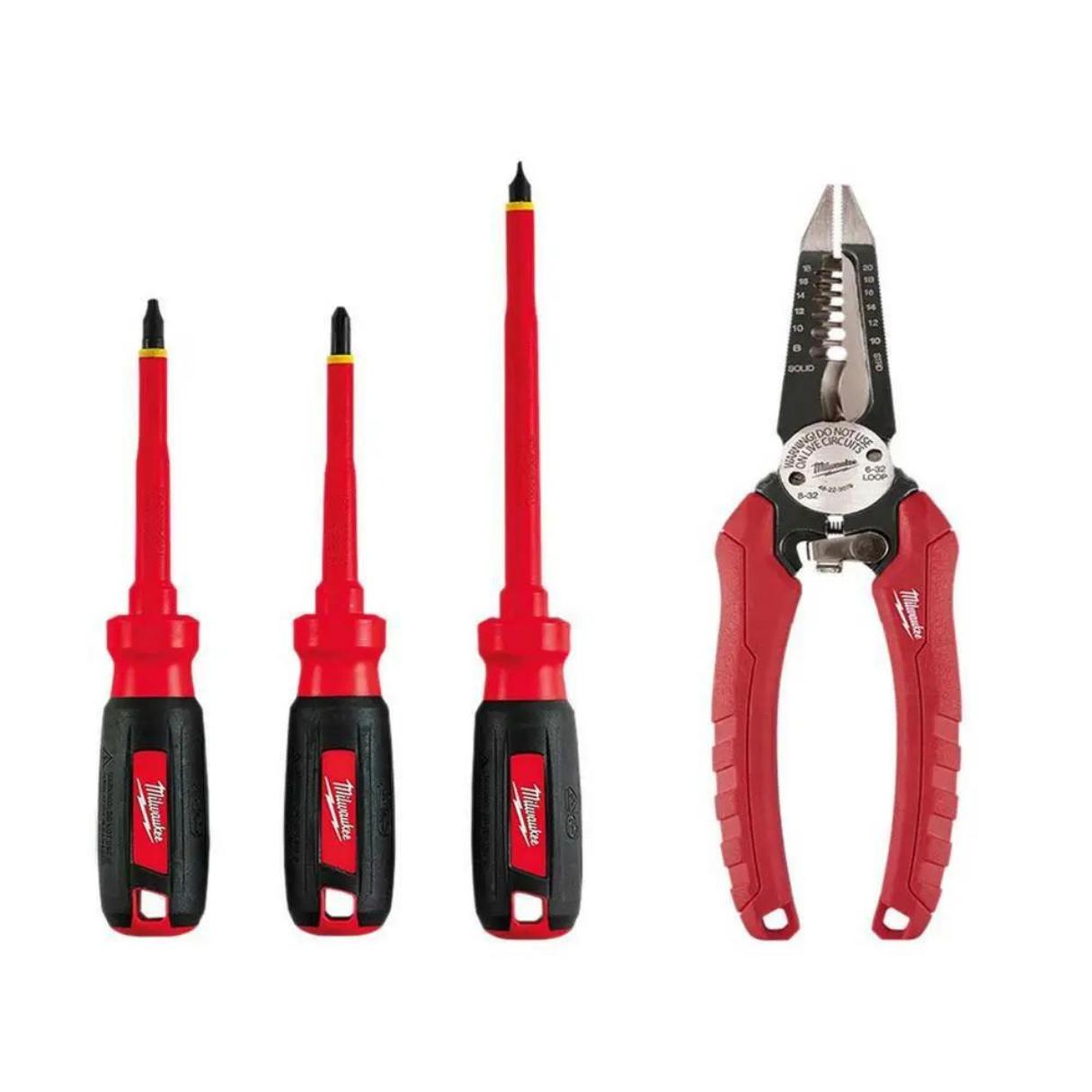

0 thoughts on “How To Care For Hand Tools”